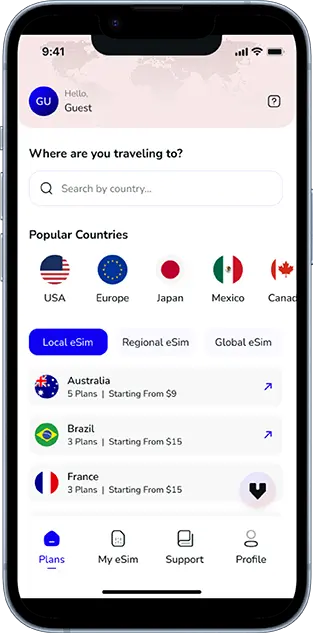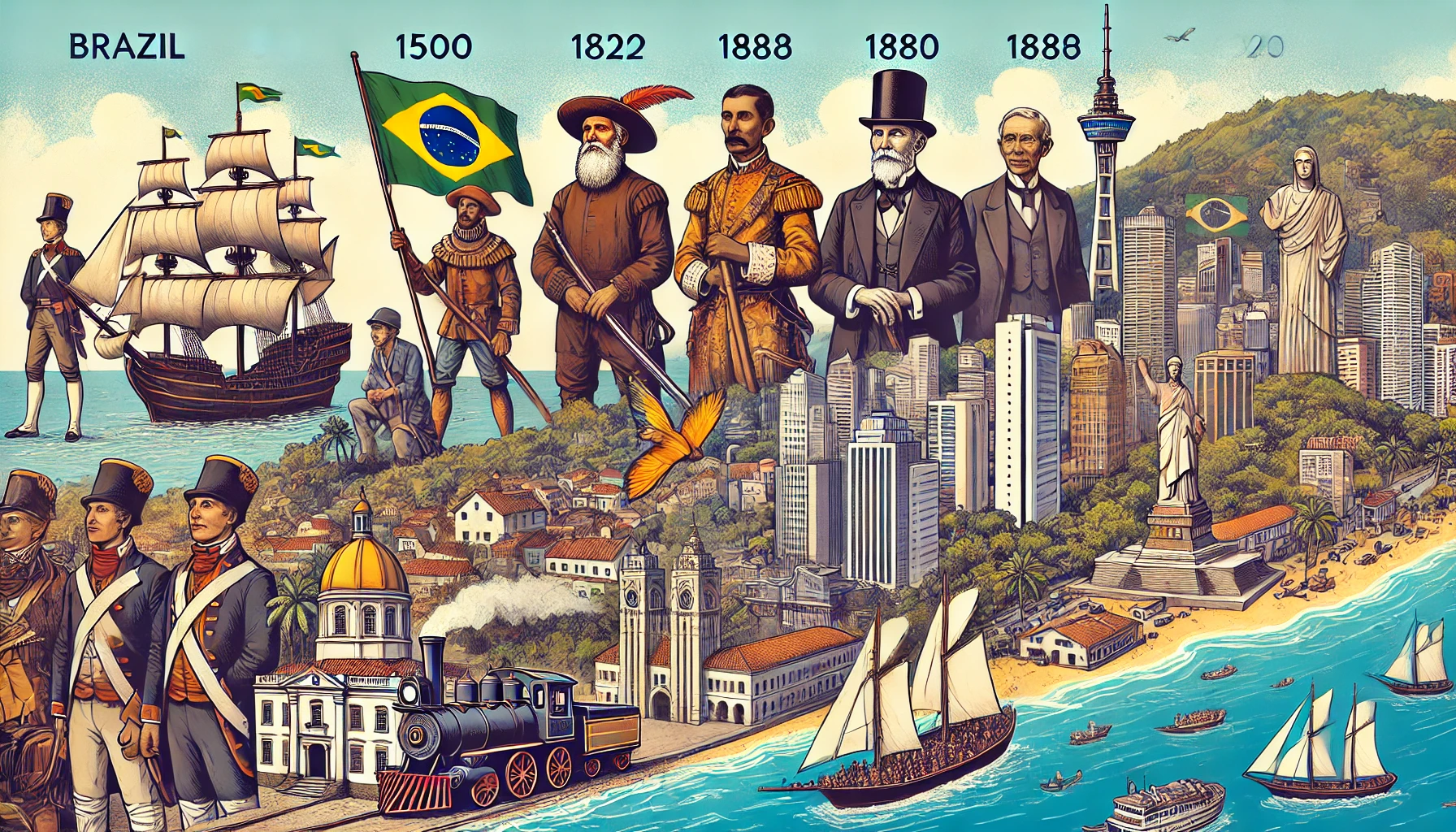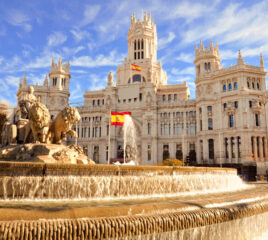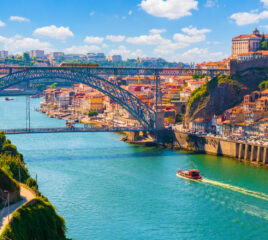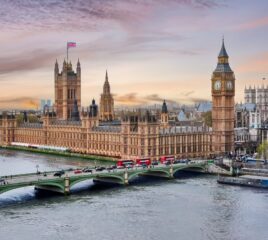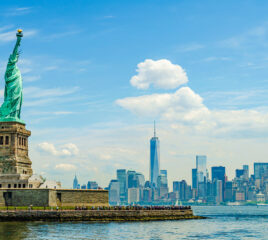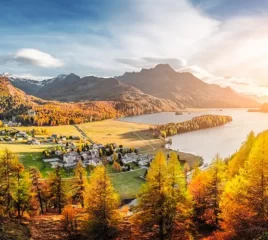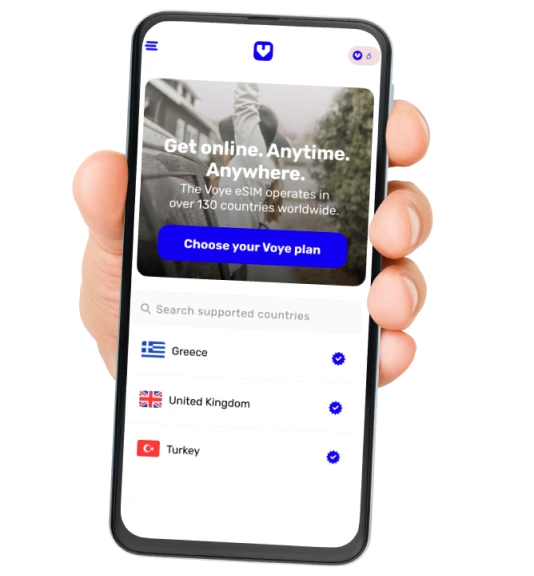Note that iPhone devices from Mainland China aren’t eSIM compatible. Also iPhone devices from Hong Kong and Macao aren’t compatible (except for iPhone 13 Mini, iPhone 12 Mini, iPhone SE 2020 and iPhone XS)
Brazil, the largest country in South America, boasts a rich and diverse history shaped by colonization, indigenous cultures, and economic growth. From the arrival of the Portuguese in 1500 to the modern economic powerhouse it has become today, Brazil’s journey is a fascinating one.
The Indigenous Roots of Brazil
Pre-Colonial Societies and Cultures
Before European ships ever touched the shores of Brazil, the land was home to a rich tapestry of Indigenous societies. These groups, numbering in the thousands, were incredibly diverse, each with their own languages, traditions, and ways of life. Most of these communities were semi-nomadic, relying on hunting, fishing, and small-scale agriculture to sustain themselves. Unlike the monumental architecture of other ancient civilizations, the Indigenous peoples of Brazil left behind fewer permanent structures. Instead, their legacy is found in pottery, tools, and oral traditions that reveal a deep connection to the land. Some groups, like the Marajoara culture, even developed complex social hierarchies and intricate art forms.
Archaeological Discoveries in the Amazon
In recent decades, archaeologists have uncovered evidence that challenges earlier assumptions about pre-Colonial Brazil. Excavations in the Amazon have revealed the remnants of large, organized settlements, including fortified cities and advanced agricultural systems. These findings suggest that some Indigenous groups had a sophisticated understanding of land management and community planning. For example, the Xingu region has been a focal point of research, revealing a network of interconnected villages with roads and defensive structures. This paints a picture of a thriving civilization that existed long before European contact.
The Impact of European Contact on Indigenous Peoples
The arrival of the Portuguese in 1500 marked a turning point for Brazil’s Indigenous peoples. Initial encounters were often marked by curiosity and trade, but these relationships quickly turned exploitative. Diseases like smallpox and measles, brought by Europeans, devastated Indigenous populations who had no immunity. In addition to the loss of life, many communities were displaced or enslaved, their cultures disrupted by the imposition of European systems of governance and religion. Despite these challenges, Indigenous peoples have shown remarkable resilience, continuing to fight for their rights and preserve their heritage to this day.
For those planning to visit Brazil, attending cultural events like the Rio Carnival can offer a glimpse into the country’s rich history and its blend of Indigenous, African, and European influences.
The Portuguese Arrival and Early Colonization
Pedro Álvares Cabral’s Expedition
Pedro Álvares Cabral’s journey to Brazil in 1500 marked the beginning of Portuguese presence in South America. Cabral’s fleet, initially bound for India, veered westward and landed on the Brazilian coast, claiming the territory for Portugal. This discovery aligned with the Treaty of Tordesillas, a 1494 agreement dividing newly discovered lands between Portugal and Spain. Cabral’s arrival was not a planned conquest but rather a fortuitous event that set the stage for centuries of Portuguese influence.
The Establishment of Hereditary Captaincies
To manage and colonize Brazil, the Portuguese Crown implemented the system of hereditary captaincies in the 1530s. Under this system, large tracts of land were granted to nobles and merchants who were responsible for developing and governing them. While some captaincies, like Pernambuco and São Vicente, thrived due to sugarcane cultivation, most struggled due to poor management, indigenous resistance, and lack of resources. By 1549, the Crown centralized authority by appointing a governor-general to oversee the colony, establishing Salvador as the capital.
The Role of Brazilwood in Early Trade
In the early years, Brazilwood, a tree prized for its red dye, became the colony’s primary export. The Portuguese initially relied on cooperative trade with indigenous peoples to harvest this resource. However, as demand grew, they resorted to forced labor and expanded their reach inland, leading to conflicts and the exploitation of native populations. Over time, the focus shifted from Brazilwood to sugar plantations, which required a more stable and extensive labor force, ultimately leading to the importation of enslaved Africans.
The Colonial Economy and Society
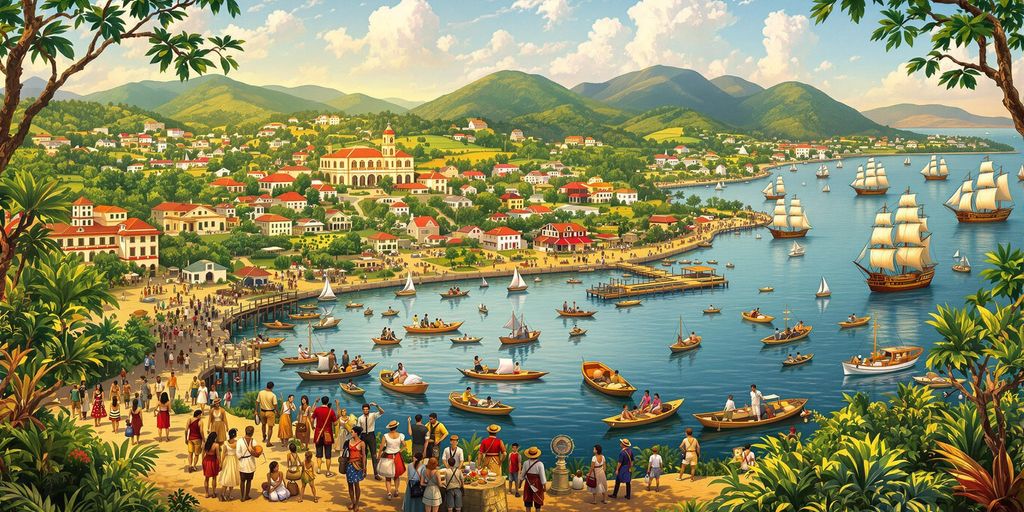
The Rise of Sugar Plantations
During Brazil’s colonial era, sugar became the cornerstone of its economy. By the 16th century, vast plantations, known as engenhos, dominated the northeastern landscape, particularly in Pernambuco and Bahia. These plantations required significant labor and resources, fueling a demand for enslaved workers. Brazil’s tropical climate and fertile soil made it an ideal location for sugar cultivation, which was in high demand in Europe. The wealth generated from sugar exports not only enriched Portuguese colonists but also tied Brazil’s economy to global trade networks.
The Role of African Slavery
The labor-intensive nature of sugar production led to the widespread use of African slaves. Over the centuries, millions of Africans were forcibly brought to Brazil, making it the largest destination for the transatlantic slave trade. Enslaved individuals worked in harsh conditions, facing brutal treatment and limited opportunities for freedom. Despite this, African cultures left a lasting mark on Brazilian society, influencing language, religion, music, and cuisine. The reliance on slavery created a rigid social hierarchy, with enslaved people at the bottom and landowning elites at the top.
Cultural Influences from Europe and Africa
Colonial Brazil was a melting pot of cultures, blending European traditions with African and Indigenous influences. Portuguese settlers brought their language, religion, and architectural styles, which were adapted to the local environment. At the same time, African traditions, such as Candomblé rituals and samba music, began to take root. This cultural fusion shaped Brazil’s identity, creating a society that was both diverse and deeply stratified. The legacy of this period continues to influence Brazil’s cultural and social landscape today.
Exploring Brazil?
Stay online effortlessly with a Brazil eSIM for smooth navigation and instant access.
The Path to Independence
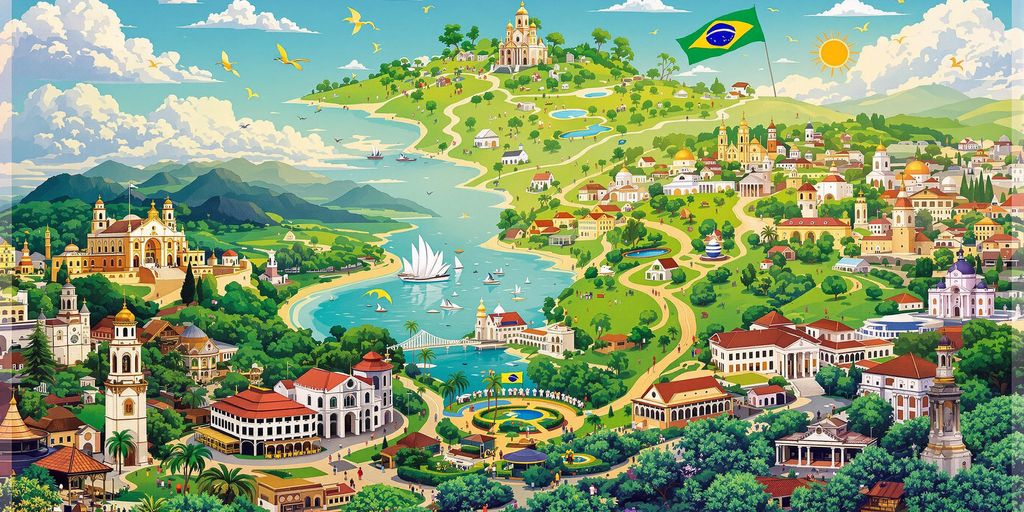
The Influence of the Napoleonic Wars
The Napoleonic Wars had a surprising impact on Brazil’s journey to independence. When Napoleon invaded Portugal in 1807, the Portuguese royal family fled to Brazil, making Rio de Janeiro the seat of the Portuguese Empire. This move elevated Brazil’s status from a mere colony to a central part of the empire. The presence of the royal court led to significant changes, like the opening of Brazilian ports to international trade and the establishment of cultural and educational institutions. These developments planted the seeds of autonomy, as Brazilians began to see their country as more than just a colonial outpost.
The Role of Dom Pedro I
Dom Pedro I, the son of Portugal’s King João VI, played a key role in Brazil’s independence. When King João returned to Portugal in 1821, he left Pedro behind as regent. Facing growing demands for independence, Dom Pedro famously declared, “I remain” (“Fico”) in 1822, refusing to return to Portugal despite pressure from the Portuguese Cortes. Later that year, on September 7, he proclaimed Brazil’s independence with the iconic “Cry of Ipiranga” near São Paulo. His leadership helped consolidate support among various factions, from landowners to military leaders, ensuring a relatively peaceful transition.
The Declaration of Independence in 1822
Brazil’s independence was officially declared on September 7, 1822, but it wasn’t without challenges. Unlike other Latin American nations that faced bloody wars of independence, Brazil’s break from Portugal was relatively smooth, though not entirely free of conflict. The War of Independence, which followed the declaration, saw skirmishes between loyalist Portuguese forces and Brazilian troops. By 1824, Portugal formally recognized Brazil’s sovereignty. This peaceful negotiation was largely due to Brazil’s unique position as the former seat of the Portuguese monarchy, which allowed for a more diplomatic resolution.
The Empire of Brazil
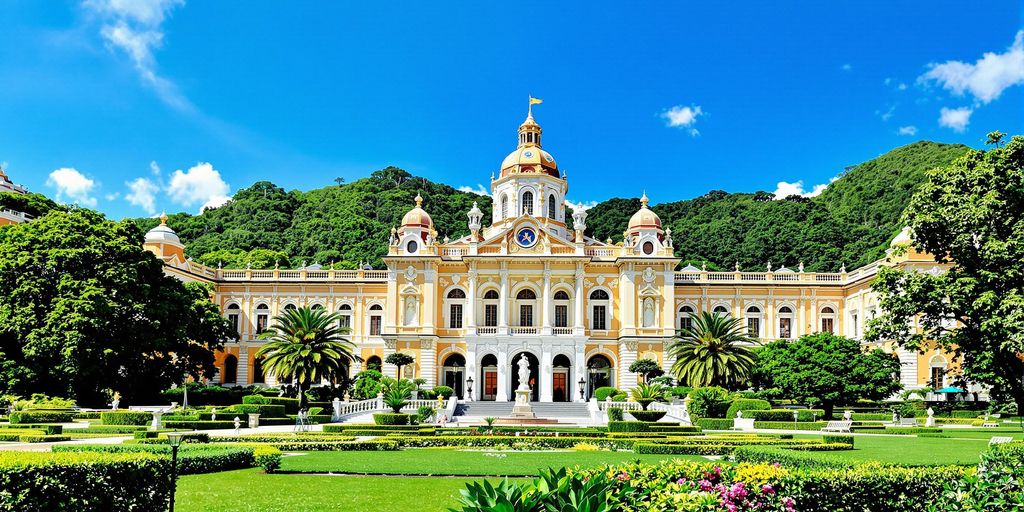
The Reign of Dom Pedro II
Dom Pedro II’s reign was one of the most transformative periods in Brazil’s history. Coming to power at just five years old after his father, Dom Pedro I, abdicated, Pedro II ruled for nearly 50 years. His leadership was marked by efforts to modernize Brazil, including the expansion of railroads, the introduction of telegraph lines, and advancements in education. Despite his achievements, political tensions brewed under the surface. Many elites grew dissatisfied with the monarchy, leading to its eventual downfall in 1889.
Economic and Social Development
During the Empire, Brazil’s economy underwent significant changes. Initially reliant on sugar plantations, the country saw a shift toward coffee production, which became a cornerstone of its economy. This period also saw the growth of urban centers and the rise of the middle class. However, these developments came at a cost. The economy heavily depended on enslaved labor, which fueled both agricultural and infrastructural growth. Over time, social pressures mounted, leading to increased calls for labor reform and the abolition of slavery.
The Abolition of Slavery in 1888
One of the most defining moments of the Empire was the abolition of slavery. By the late 19th century, Brazil was one of the last countries in the Americas to outlaw the practice. The movement gained momentum through the efforts of abolitionists, former slaves, and even members of the royal family, including Princess Isabel. In 1888, the Lei Áurea, or Golden Law, was signed, officially ending slavery. While this was a monumental step forward, it also left many former slaves without resources or support, creating new social challenges for the nation.
The Transition to a Republic
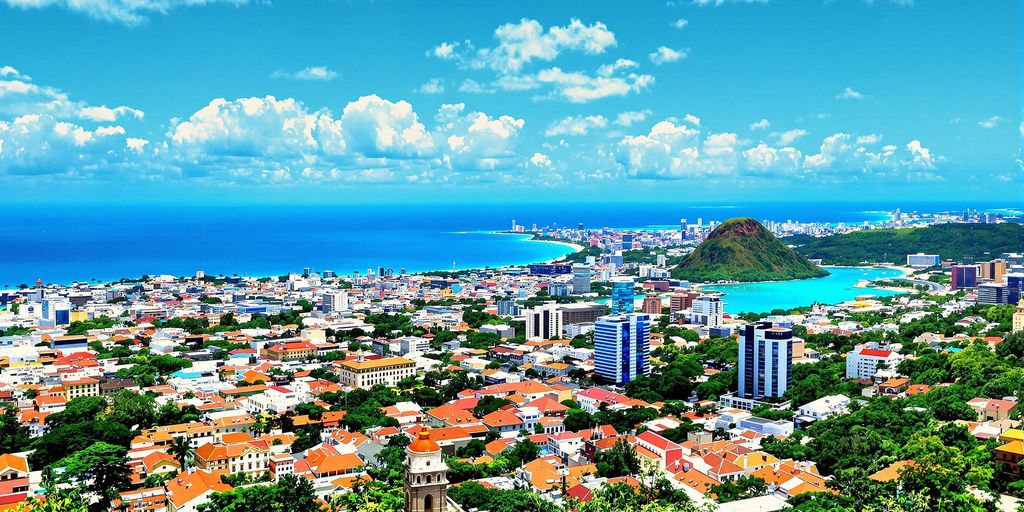
The Military Coup of 1889
The shift from monarchy to a republic in Brazil was sudden and dramatic. On November 15, 1889, a military coup led by Marshal Deodoro da Fonseca overthrew Emperor Dom Pedro II. What’s interesting is that this wasn’t a violent uprising. Instead, it was a relatively bloodless event, driven by dissatisfaction among military officers and growing republican sentiment among the elites. The monarchy had been losing favor, partly due to its abolition of slavery in 1888, which alienated many landowners. The coup marked the end of the Empire of Brazil and the beginning of the Old Republic.
Early Republican Challenges
Transitioning to a republic wasn’t a smooth ride. The early years were marked by political instability and economic challenges. The new government had to figure out how to govern a country that was used to a centralized monarchy. One of the first major steps was drafting the 1891 Constitution, which established a federal system and separated church and state. But not everyone was happy. Regional revolts, like the Navy Revolts and the Federalist Revolution, highlighted the tensions between the central government and local powers. Economically, the country faced a crisis known as the “Encilhamento,” a period of speculative frenzy and financial instability.
The Influence of Oligarchic Rule
As the dust settled, a new political order emerged, dominated by the rural elites. This period, often referred to as the “coffee with milk politics,” saw power concentrated in the hands of coffee growers from São Paulo and cattle ranchers from Minas Gerais. They alternated control of the presidency, ensuring their interests were always protected. While this system brought some stability, it also marginalized large segments of the population. Urban workers, small farmers, and the growing middle class had little say in how the country was run. This oligarchic rule would eventually face challenges, setting the stage for future political transformations.
The Vargas Era and Modernization
Getúlio Vargas and the Estado Novo
The Vargas era began in 1930 when Getúlio Vargas rose to power after a political coup. This marked a turning point for Brazil, as Vargas aimed to modernize the nation and move it away from its agrarian roots. He focused on industrialization, creating a foundation for a more urbanized and economically diverse Brazil. In 1937, Vargas established the Estado Novo, an authoritarian regime that allowed him to implement sweeping reforms. These included labor laws that introduced minimum wages, regulated working hours, and provided worker protections. While these changes were significant, they came at the cost of political freedoms, as Vargas suppressed dissent and ruled with an iron hand.
Industrialization and Urbanization
Under Vargas, Brazil saw a push toward industrial growth. The government invested heavily in infrastructure, such as railroads and factories, to support the burgeoning industrial sector. This period also saw the establishment of state-owned enterprises, including Petrobras, which became a cornerstone of Brazil’s economy. Urban centers like São Paulo and Rio de Janeiro expanded rapidly, attracting a workforce from rural areas. This migration created new opportunities but also led to challenges, such as overcrowding and inadequate housing in cities. The shift from an agrarian to an industrial economy was transformative, setting the stage for Brazil’s future as a regional power.
Social and Labor Reforms
One of Vargas’s most enduring legacies was his focus on social and labor reforms. He introduced legislation that improved conditions for workers, such as paid vacations and social security benefits. These reforms were part of a broader effort to build a sense of national unity and loyalty to the state. However, the benefits were not evenly distributed, as rural workers and marginalized communities often saw little improvement in their living conditions. Despite these shortcomings, Vargas’s policies laid the groundwork for Brazil’s modern labor laws and social welfare programs. His era remains a complex chapter in Brazilian history, marked by both progress and authoritarianism.
The Military Dictatorship and Its Legacy
The 1964 Coup d’État
The military dictatorship in Brazil started on April 1, 1964, when the Armed Forces overthrew President João Goulart in a coup d’état. This move was supported by conservative factions of society, including the Catholic Church and anti-communist groups, as well as external backing from the United States through initiatives like Operation Brother Sam. The military justified their actions as a way to prevent a perceived communist threat, but the result was the establishment of an authoritarian regime that would last for over two decades.
Human Rights Violations
Under the military regime, freedom of speech and political opposition were severely curtailed. A new, restrictive constitution was enacted in 1967, further consolidating the military’s power. During this period, thousands of individuals were tortured, disappeared, or killed for opposing the government. It is estimated that 434 people were officially documented as killed or missing, though the true numbers may be higher. Additionally, indigenous communities faced devastating losses, with around 8,000 individuals suffering from acts of genocide.
The Return to Civilian Rule in 1985
The military began to lose its grip on power in the early 1980s, as economic struggles and widespread protests demanded change. In 1982, Brazil held its first free elections for the national legislature in 20 years. This marked the beginning of the transition back to democracy. By 1985, civilian rule was restored, and a new constitution was adopted in 1988, ensuring democratic governance. Since then, Brazil’s military has remained under civilian control, with no official role in domestic politics.
Stay Connected in Brazil
Travel hassle-free with a Brazil eSIM for seamless internet access..
Brazil in the 21st Century
Economic Growth and Challenges
Brazil entered the 21st century as a rising star among emerging economies. It became part of the BRICS group alongside Russia, India, China, and South Africa, signaling its growing importance on the global stage. The early 2000s saw a boom driven by exports of commodities like soybeans, iron ore, and oil. However, this growth wasn’t without its hurdles. Inflation, corruption scandals, and political instability often hampered progress. By the mid-2010s, Brazil faced a severe recession, with unemployment rates soaring and poverty levels increasing. The recovery has been slow, with the country striving to balance economic reforms with social welfare programs.
Social Movements and Inequality
Social inequality remains one of Brazil’s most pressing issues. Despite advancements in education and healthcare, a significant gap still exists between the wealthy and the poor. The rise of social movements has highlighted issues like racial inequality, gender rights, and land reform. Protests, such as those during the 2014 FIFA World Cup, brought international attention to the struggles of Brazil’s working class. Meanwhile, urban areas like São Paulo and Rio de Janeiro continue to grapple with issues like housing shortages and violence in favelas.
Brazil’s Role in Global Politics
On the international front, Brazil has sought to strengthen its diplomatic influence. It has been an active participant in organizations like the United Nations, G20, and Mercosur. The country has also taken a leadership role in addressing climate change, given its stewardship of the Amazon rainforest. However, balancing economic development with environmental conservation remains a complex challenge. Brazil’s participation in global summits and its push for a permanent seat on the UN Security Council reflect its aspirations to be recognized as a global power.
Conclusion
Brazil’s journey from its colonial roots to its modern-day status as a vibrant democracy is nothing short of remarkable. Over centuries, the country has faced challenges, from colonial exploitation to political upheavals, yet it has emerged as a nation rich in culture, diversity, and resilience. Today, Brazil stands as a testament to the enduring spirit of its people, blending its historical legacy with a forward-looking vision. Its story is far from over, and as it continues to evolve, Brazil remains a fascinating example of how history shapes the present and inspires the future.

Seamless Mobile Data Everywhere
